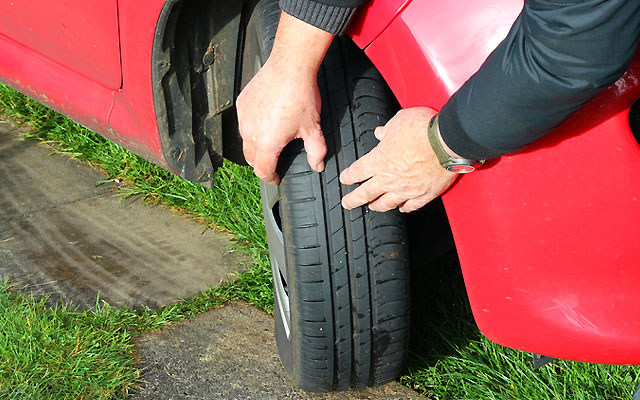Why Are Good Tyres Necessary?
You get ready for work, go through your typical morning routine, and then realise your tyres Birmingham are flat as you get into your car. This would normally not be an issue, and you just discovered that you had a spare tyre just on side of a highway four months ago, and your spare wheel has also abandoned you. You’ve gotten yourself into a bind.
You take a ride with such a colleague to get your Tyres Birmingham fixed, but he asks the million-dollar question, “Where else do you would like to go?”
The answer is simple: you must visit a tyre specialist. The big question is, what qualifies someone as a tyre specialist? A tyre expert is one who can give you free a variety of tyre-related products while also looking out for your best interests. Tire and wheel maintenance, balancing of wheel, nitrogen inflation, puncture repairs, tyre rotation, and wheel alignment are some of the services they can provide.
All of these factors are critical, and they all play a part. For example, when it comes to wheel balancing, unbalanced or out-of-balance wheels cause a vibration that is unpleasant to drive and leads to premature wear of steering and suspension components.
Maintaining good wheel alignment is critical to preventing needless wear on your tyres, steering, suspension, and brakes. Accurate wheel alignment increases driving stability, tyre life, and overall handling performance of your car.
Another aspect that is sometimes forgotten is wheel rotation. Rotating your tyres is an important maintenance step since it increases the lifetime of the tyres and improves your road safety. Furthermore, many tyre durability guarantees require rotation to be active.
Become More Knowledgeable About Tyres.
The earliest physical evidence of wheeled transportation must get discovered south of the Black Sea before 4000 B.C., in the shape of small clay wheels dating from the beginning of the 4th millennium BC. A tyre is a shield element that covers the rim of a wheel to transfer a vehicle’s load from the axle to the ground and to create friction on the surface the wheel travels over.
The term tyre would get based on the supposition that a wheel with a tyre is a clothed wheel. Whenever the English began to shrink fitting railroad car wheels with ductile iron in the 1840s, the spelling Tyre appeared.
And What’s The Minimum Tread Depth On A Tyre?
Most countries have set a minimum tread depth requirement of 1.6mm, requiring motorists to change a tyre when it reaches that depth. Bridgestone recommends replacing a tyre when any area of the wear is at 1.6mm depth, regardless of where you live.
How can you tell whether you’ve crossed the 1.6 mm line? Just use tyre tread depth markers found inside the tread grooves to determine the depth of the tread. These wear bars, often known as indications, must get located throughout every car, commercial vehicle, and medium truck tyre. Tread thickness indicators are all there so that you can see if you’ve reached 1.6 mm without needing to measure it.
What Causes Early Tyre Wear Or Tyre Irregularity?
Not that all tyres are the same, and they can wear at drastically different rates, just like cars, drivers, and driving behaviours. High-performance tyres for sports cars, for example, wear out faster than tour Michelin Tyres Birmingham for a family sedan. A multitude of reasons, however, might lead tyres to wear out faster than intended, or to wear erratically, resulting in noise or vibration. Improper inflating level and then out wheel alignment circumstances are two prominent reasons for premature tyre wear and uneven tyre wear.
An Incorrect Inflation Pressure
Whenever a tyre would get underinflated, it will begin to wear more quickly and unevenly. Vehicle manufacturers define the front and rear tyre inflation pressures not only to maximize performance for ride quality, handling, and fuel economy but also to account for tyre wear. The proper inflation pressure in the tread aids in the transmission of vehicle load, accelerating, braking, and cornering forces. The contacting surface of the tyre’s Birmingham treads is not designed to perform the wide range of roles it must get requested to accomplish if indeed the tyre pressure is low, or even too high. As a result, different sections of the tread may well get abraded away at different rates and/or in uneven pattern

